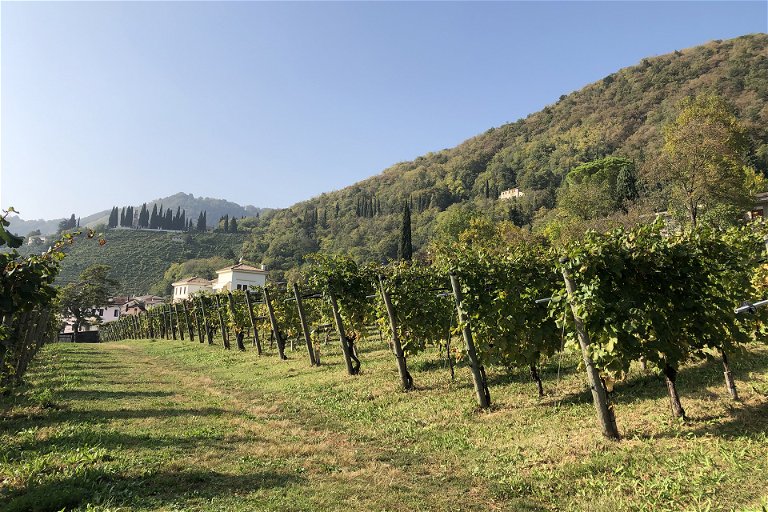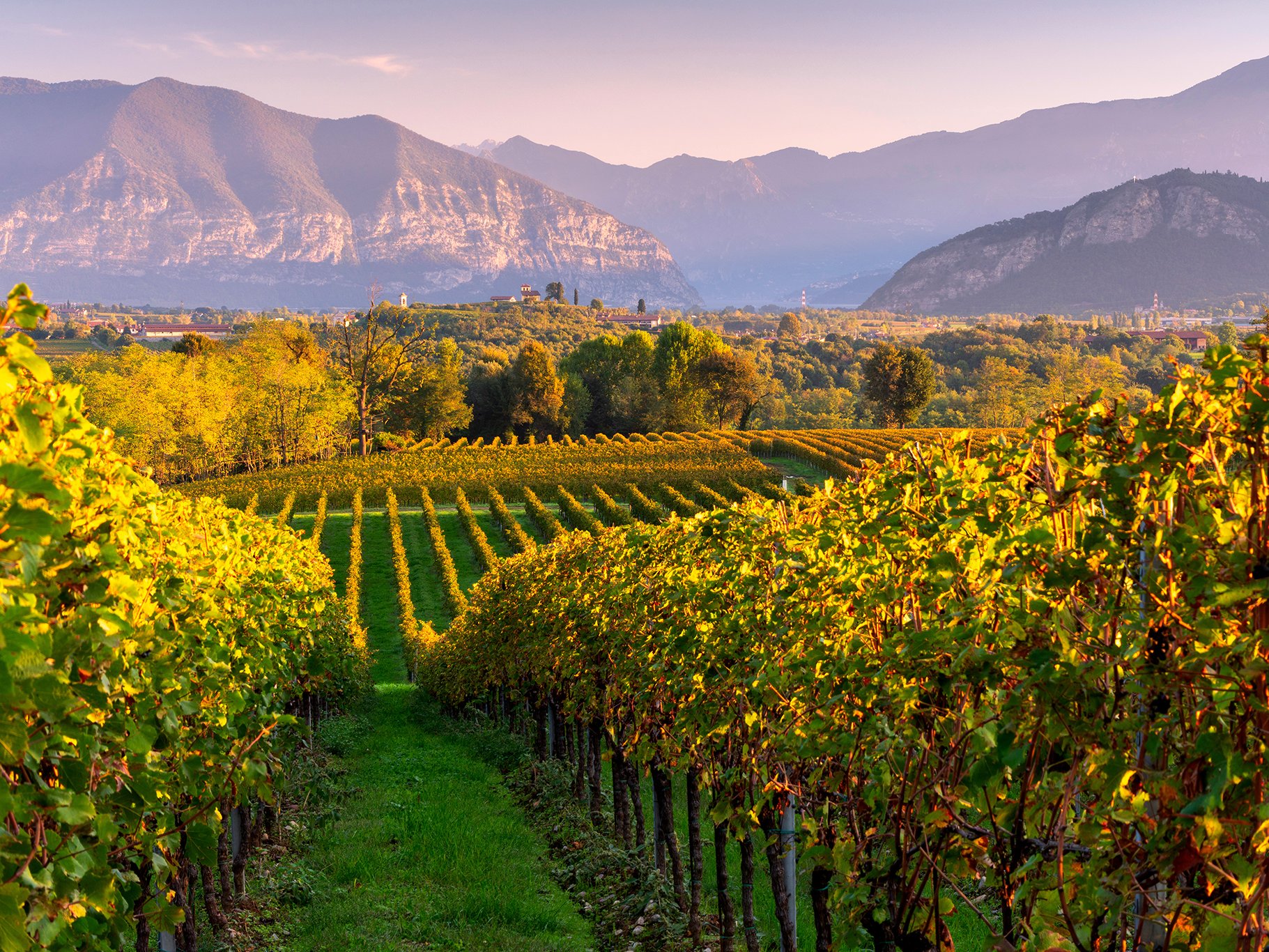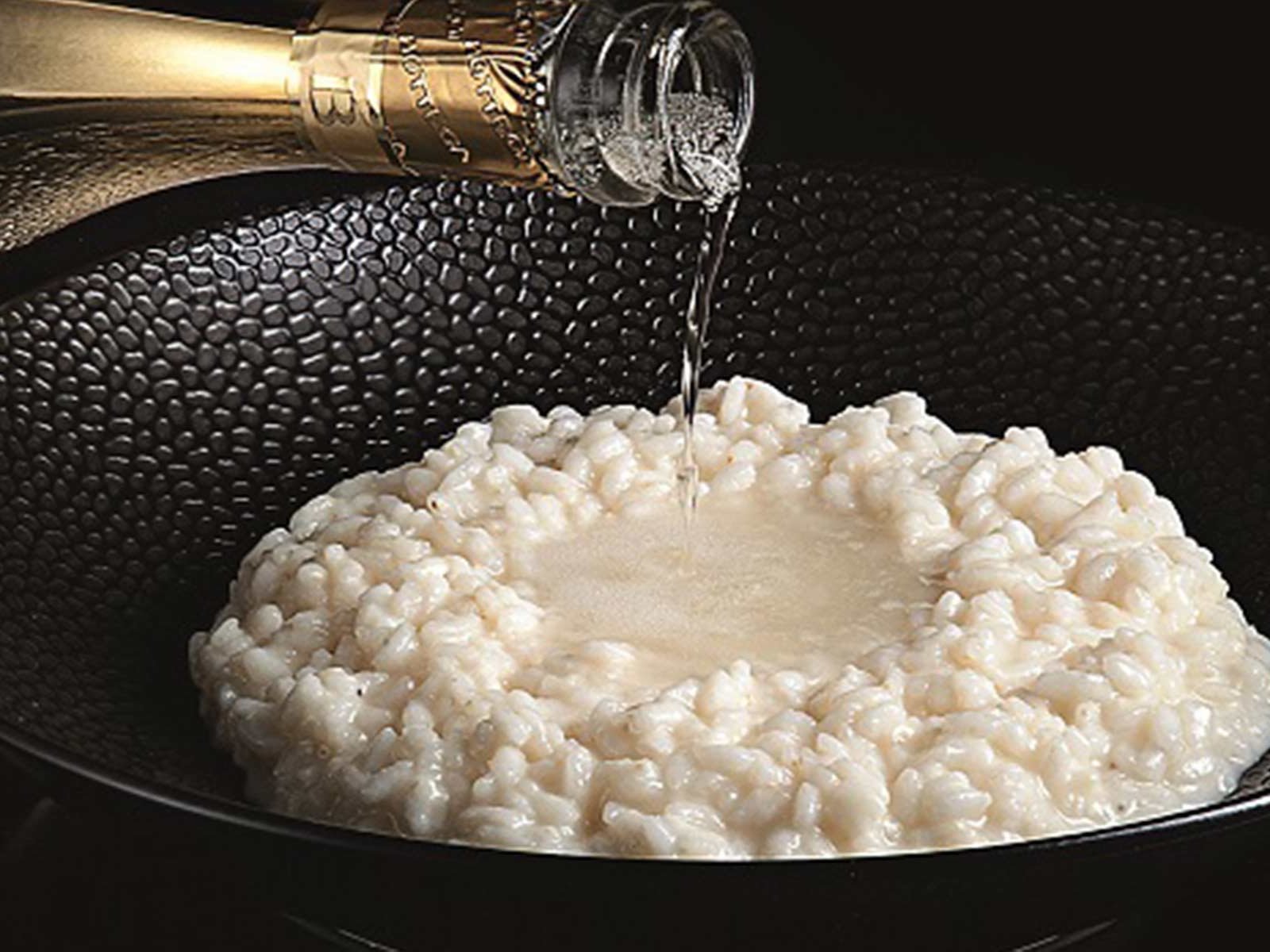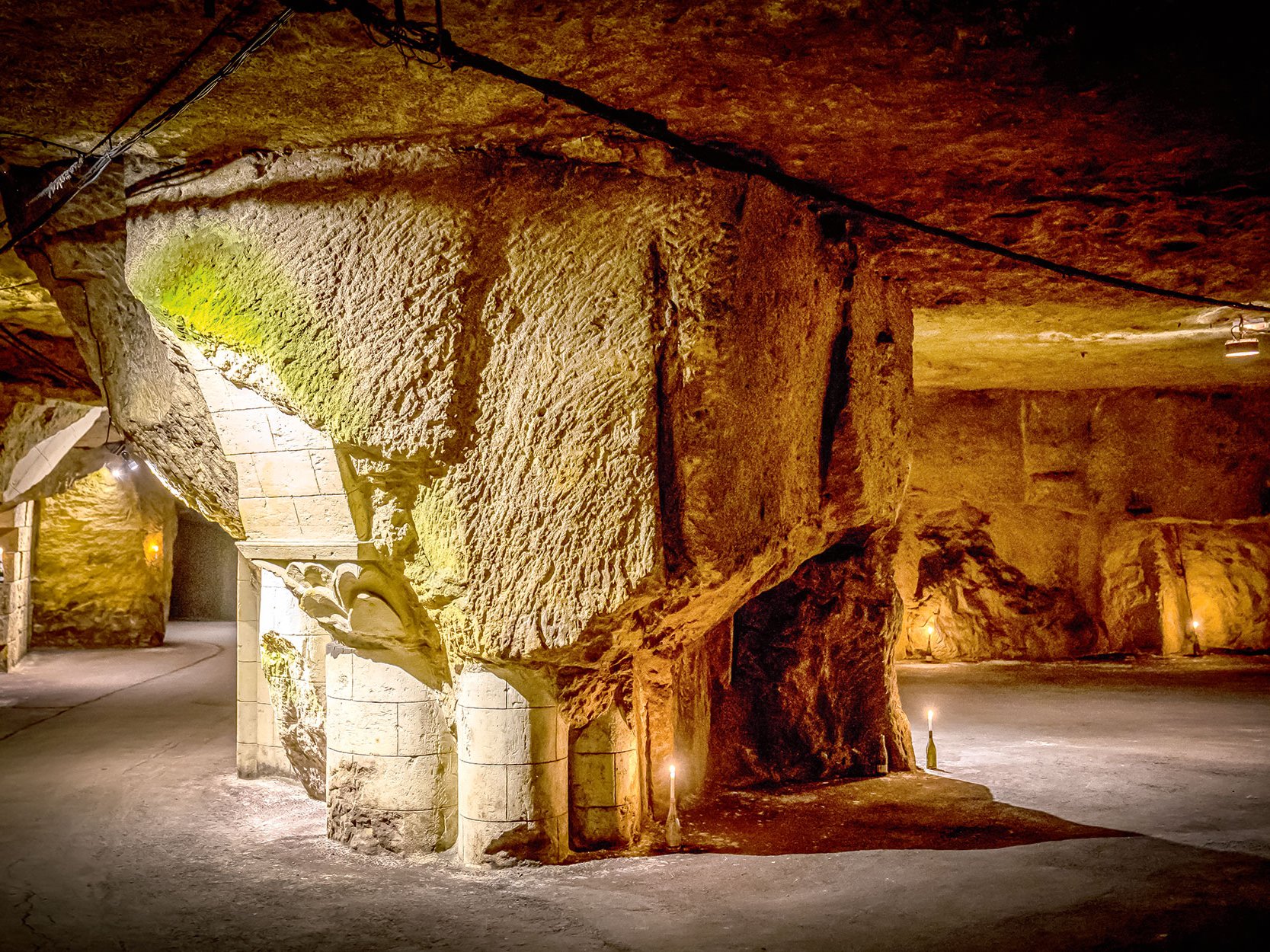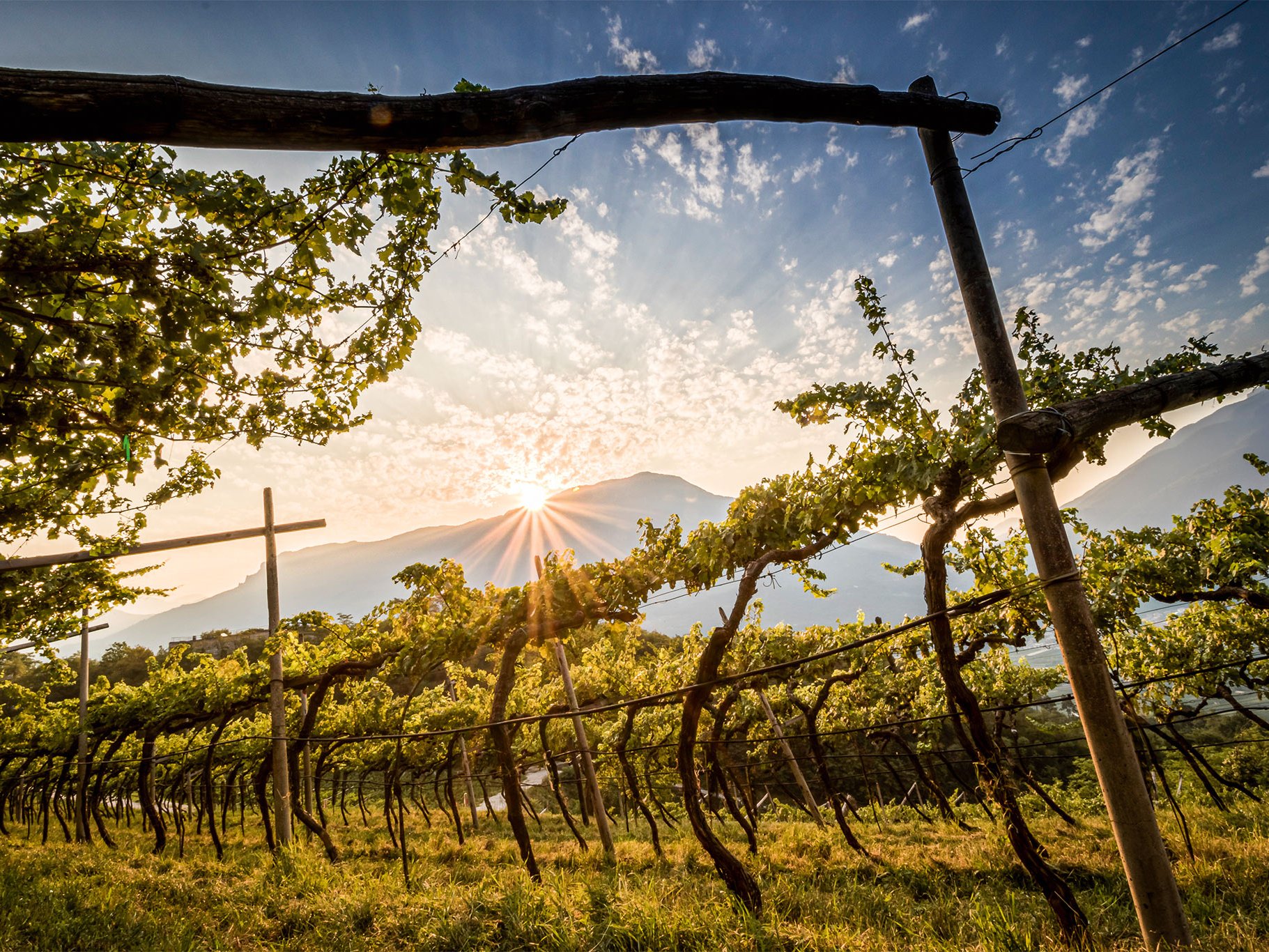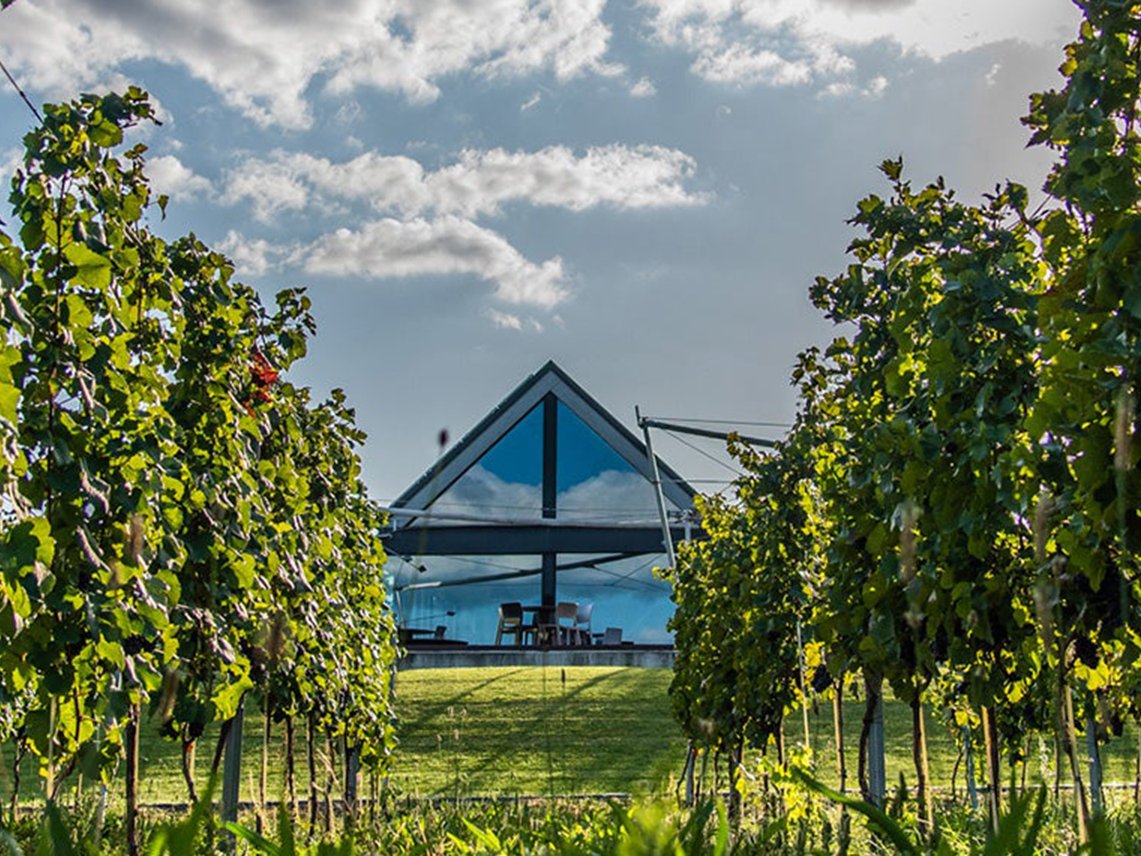Not all Proseccos are the same
Producers in the DOCG zones are making waves by offering more terroir-driven, drier and age-worthy premium Proseccos.
Prosecco has enjoyed an unstoppable rise in popularity in the last few decades. The combined production in 2021 from both Prosecco DOC and DOCG is over 600 million bottles, making it the biggest sparkling wine production region in the world. The flip side of the huge success is that Prosecco has become the household name for cheap and cheerful fizz that is uncomplicated and fun. The truth is, not all Proseccos are the same. In recent years, producers in the DOCG zones are making waves by offering more terroir-driven, drier and age-worthy premium Proseccos that can surely capture people’s attention.
For over three centuries, the wine known today as Prosecco has been made in a small area surrounded by undulating hills of north-eastern Italy, around 50 km from Venice, between the two towns of Conegliano and Valdobbiadene. In 1969, Prosecco di Conegliano Valdobbiadene DOC designation was created, and the wine was soon gaining ground. The DOC was named after the grape called “Prosecco”. In 1977, the nearby hilly area neighbouring the medieval town of Asolo was also awarded the DOC status called Montello - Colli Asolani, covering both dry red wine based on Bordeaux grape varieties and sparkling wines made using the Prosecco grape. This emphatically shows that the quality of the Prosecco sparkling wine from these rolling hills has long been recognised.

The success of Prosecco has resulted in several replications of the style. In order to seek international legal protection for the name "Prosecco,” a series of significant changes were introduced in 2009. “Prosecco” becomes the name of the appellation, and ”Glera” is officially recognised as the name for the grape. The original DOC was promoted to Conegliano Valdobbiadene Prosecco Superiore DOCG, and the sparkling wine of Montello - Colli Asolani was awarded a separate DOCG status of its own and became Asolo Prosecco Superiore DOCG.
The most momentous of all is the expansion of the Prosecco DOC zone, which was extended from its original hilly heartland to cover a vast majority of the plains in a total of nine provinces in both Veneto and Friuli, making it the largest DOC in Italy. The production of Prosecco has increased manifold since, and the Prosecco DOC plains now produce four times more wines than the two DOCGs put together. Increasingly, most consumers have become oblivious to the distinction between Prosecco DOC and Prosecco DOCG.
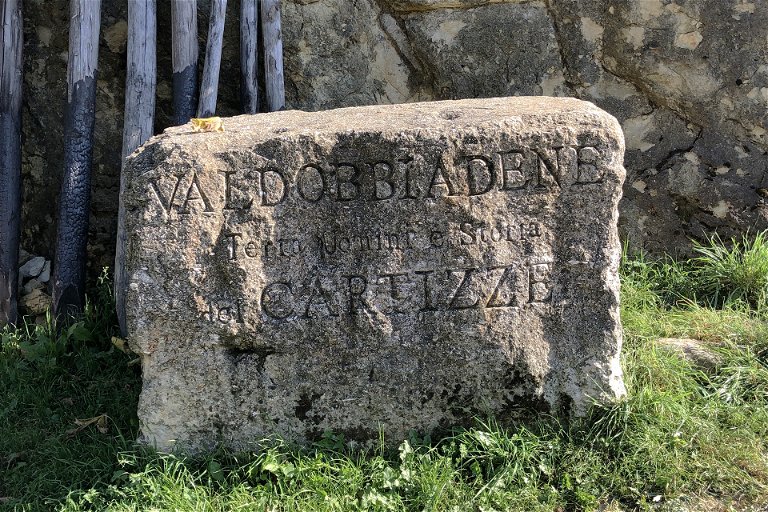
It's all about terroirs!
The verdant rolling steep terraces in Conegliano Valdobbiadene obtained recognition as UNESCO World Heritage Site in 2019. In the same year, 43 sub-zones called “Rive,” covering a total of 411 hectares, have been identified, each corresponding to explicit steep slopes known for conveying a distinct signature to their wines. Producers, big or small, are proud to showcase their base wines (still wines before going through the second fermentation to create the bubbles in tanks) made from different Rive as this is the best way to taste the difference. In Cantina Val d'Oca, the biggest cooperative in the area, each Rive site is harvested and vinified separately. The base wines are aged for a year before going to the autoclaves (pressure tanks) for the second fermentation. Good Proseccos are far from quick to make.
At the top of the quality ladder is “Cartizze,” a tiny area of 108 hectares with unique terroir and microclimate. Proseccos from those exceptional sites are more expressive as Glera can achieve great ripeness. Vanessa Follador’s family has been making the traditional sweet version (labelled “Dry”) of Superiore di Cartizze DOCG for decades at their Tanoré Winery, and she says that her “nonna” (grandmother) always loves to eat the grapes from the Cartizze as they are the ripest and the sweetest. But these steep terraces in Cartizze or Rive are difficult to work on and require up to 800 hours’ work annually, compared to 150 on the plain.
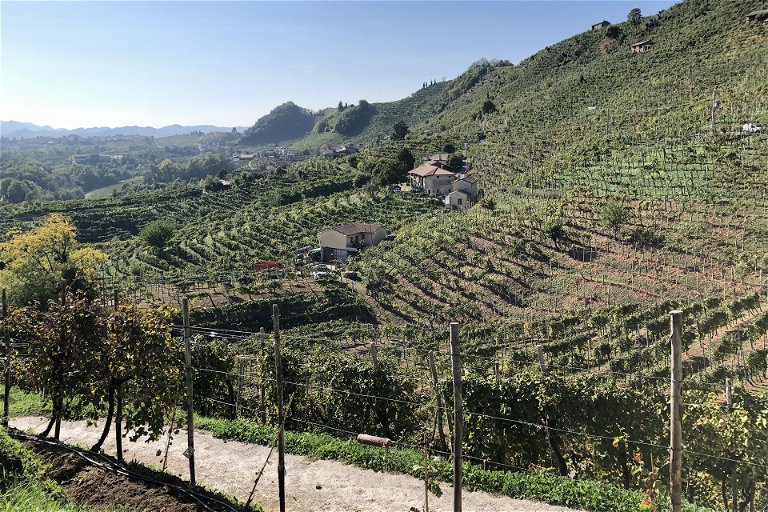
Controlling the yield is the key
Glera is a semi-aromatic grape variety with subtle floral and green fruit notes and high acidity. These characteristics make it suitable for sparkling winemaking. Protecting its delicate fruity flavours is crucial. Being a vigorous grape variety, controlling the yield is essential for Glera to shine. In both Conegliano Valdobbiadene and Asolo Prosecco DOCG, the maximum yield is 13,500 kg/ha. In the Rive and Cartizze categories, the permitted yield is lower at 13,000 and 12,000 kg/ha, respectively. To put this in perspective, the yield limit for the 2022 Champagne harvest is 12,000 kg/ha. This is a stark contrast to the 18,000 kg/ha yield in the flat land of Prosecco DOC.
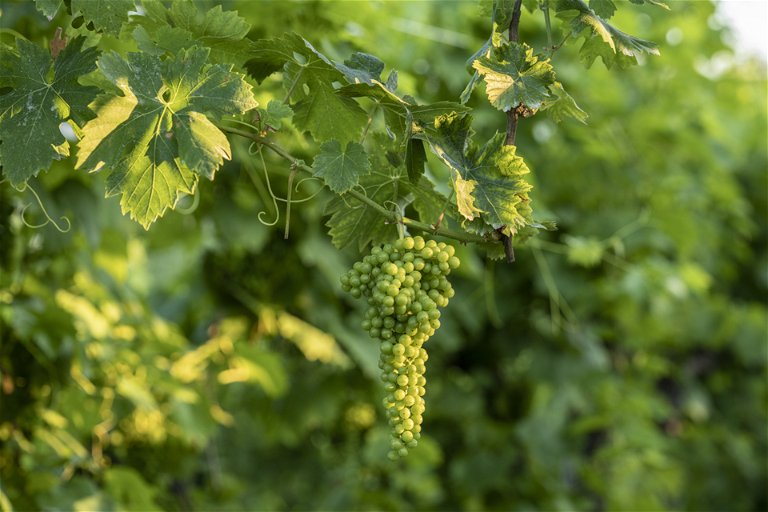
Drier Proseccos are on the rise
Most of the Proseccos in the market are confusingly labelled as Extra Dry, which in fact, contains between 12-17 g/l residual sugar and is sweeter than the Brut style (<12 g/l). Of course, the EU regulates these labelling terms, so Prosecco is not to be blamed. Nonetheless, it is misleading. The Extra Dry style is by far the most popular style as it gives Prosecco its fruity and approachable signature characters. However, the extra sugar in the wine doesn’t allow the terroir to fully shine through, and at times it can mask the flaws of the base wine. Asolo Prosecco Superiore DOCG spearheaded the initiative by adding the Extra Brut (<6g/l) category in 2014. More producers in the two DOCGs have followed suit by making the drier Proseccos using grapes from their best sites. Giusti Wine in Asolo enlists help from Graziana Grassini, winemaker of the iconic Sassicaia, as their wine consultant. The 2020 Extra Brut Asolo Prosecco Superiore is the first Giusti Wine’s prosecco made by Grassini from a single estate, and it has persistent aromas reminiscent of apple and mineral, with sapidity and elegance.
“Sui Lieviti” is in demand
More producers are embracing the tradition by making artisanal “col fondo” (“with sediment”) Prosecco which has been included in the DOCG legislation since 2019 and can be labelled as “Sui Lieviti” (means “on the lees”). Unlike the modern Prosecco, where the bubbles are created in large tanks, the refermenting process of Sui Lieviti takes place in the bottles, just like how the ancestors did, and fermented until dry without filtration and disgorgement. This type of Prosecco is bone dry, slightly cloudy and with fine bubbles. It doesn’t have much of the typical fruity and floral notes. Instead, they are more rustic yet complex, fuller on the palate with a subtle bready note derived from the lees ageing. Luca Ferraro from Bele Casel in Asolo is a strong advocate of Col Fondo. But he warns that “not all Gleras are suitable for such a style.” In Bele Casel, only the healthiest grapes will make it to their Col Fondo wine “as the ageing process will enhance the defects of grapes,” explains Luca. The base wine of their Colfondo Agricolo® 2020 is aged in stainless steel tank for eight months. Without filtration or the addition of sulphites. The second fermentation takes place in the bottle without disgorgement. For Luca, this is the best way to let Glera manifest itself.
Outstanding Proseccos can age
Perhaps the most astounding fact about premium Prosecco DOCG is its ageing potential. One such example can be found in Nino Franco. Established in 1919 in the town of Valdobbiadene, it is one of the oldest wineries in the region. Vines over 100 years old can be found in their vineyards and their older Proseccos, dating back to 1992, were still lively and enjoyable. Drinking a 30-year-old Prosecco might seem counter-intuitive, but it is a living testimony that shows not all Proseccos are created equal, and they are definitely worth seeking out.
